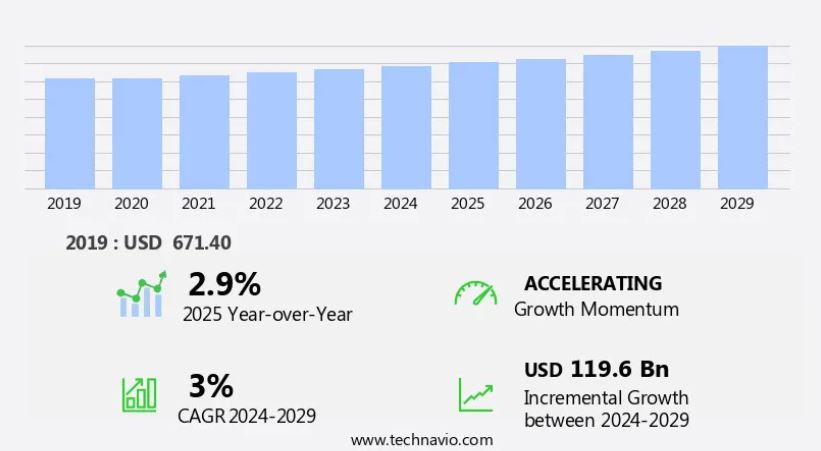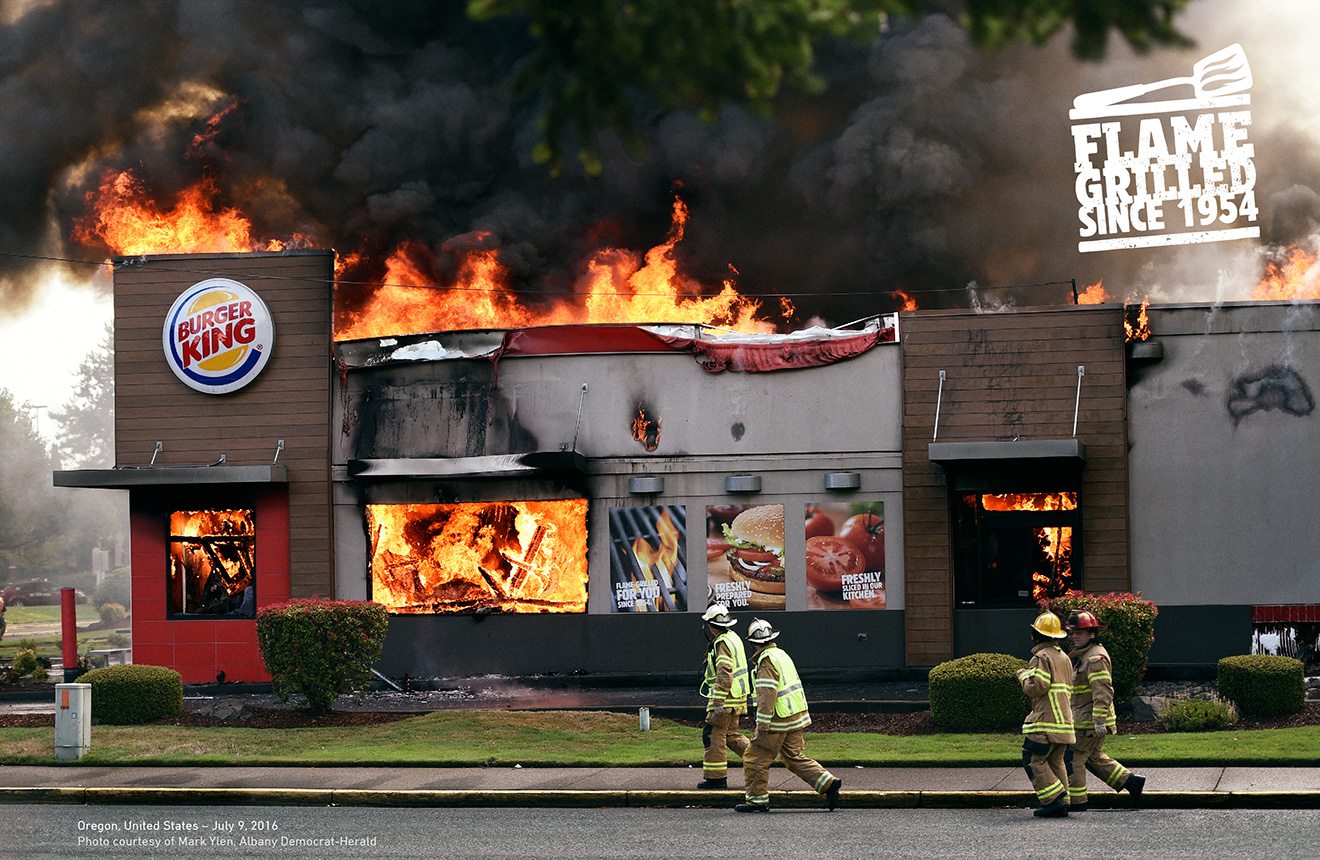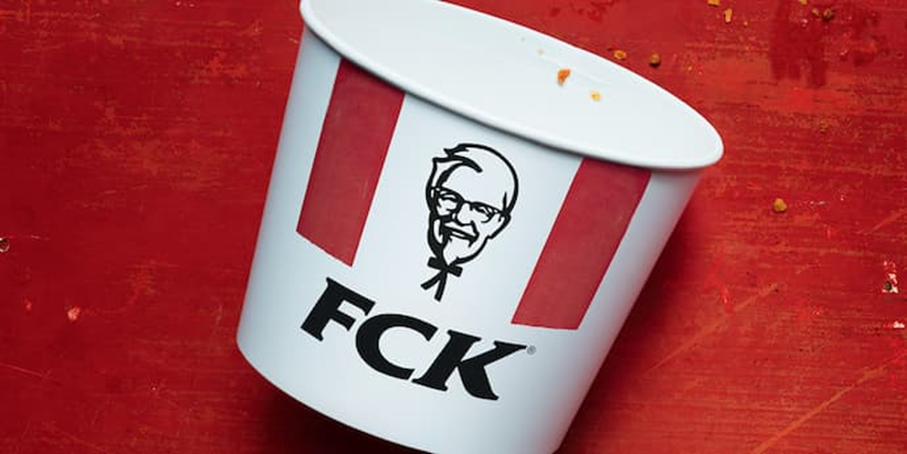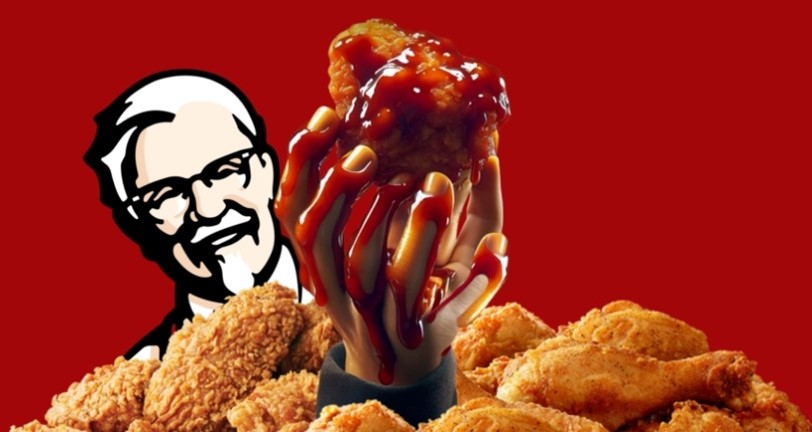At first glance, it might seem that fast-food chains have it easy in these hectic times. Unlike in earlier times, most of us are spending more time away from home. Commuting, working, caring for family, transporting offspring to clubs, socialising, leisure activities - all demand our time and energy. Cooking at home is becoming a luxury few can afford the time for. What used to be a routine chore is becoming an extraordinary ritual. In families without children, home-cooked meals typically occur only on weekends.
Convenience also plays a role. Dynamic schedules often bring a sense of fatigue, so many people welcome the opportunity to order food via an app or drive-thru instead of spending hours planning a menu, standing at the stove, and cleaning up afterwards. Automated processes and contactless delivery are now commonplace in the business models of fast-food chains.
It is no wonder that the fast-food sector is experiencing steady growth both globally and in the Czech Republic. According to a study by Technavio, the global market is expected to grow to USD 119.6 billion between 2025 and 2029, with statistics showing a significant increase in online ordering and delivery services.
Fast-food market growth forecast (USD billion)
 Source: Technavio.com
Source: Technavio.comCompetition is fierce
According to surveys, fast food chains have a bright future. Yet, they cannot afford to rest on their laurels. This also applies to the most important players in the market, such as McDonald’s, KFC and Burger King. These giants are also facing increasing pressure from traditional rivals and emerging concepts. The problem of competition has long since ceased to be about who can offer a bigger portion or a cheaper menu. Today, it is about brand perception, customer experience, technological accessibility and responsiveness to social change.
Brands must constantly innovate. The younger generation expects more than just a burger. Young people are looking for fun, authenticity, and a social attitude. Fast foods are thus also competing for attention in the digital space, where speed of response, viral potential and the ability to create memorable content are crucial.
Changing consumer preferences are also an issue, often linked to health concerns around excessive fast food consumption. A number of studies suggest that excessive consumption of fast food or junk food can lead to health problems such as obesity, diabetes and others. That’s why new forms of eating, such as plant-based alternatives, are becoming increasingly popular. Brands that used to be synonymous with a quick and cheap lunch now have to compete for conscious consumers who read ingredients and watch their carbon footprint. For the big fast-food players, competition is not just a question of marketing – it’s a challenge that determines the future of the brand.
So it’s no wonder the fast-food giants are at each other’s throats. Let’s take a look at how the three brands that are setting the pace in fast food – McDonald’s, KFC and Burger King - are dealing with the competition.
The McDonald’s brand is as peaceful as a chicken
The brand’s history began in 1940 when the McDonald brothers opened the first McDonald’s restaurant in San Bernardino, California. But it was visionary Ray Kroc who kick-started the brand’s global expansion, taking over the company in 1955. The company’s very first television advertisement aired in 1963, featuring mascot Ronald McDonald to appeal to a child audience.
Video: McDonald’s first advertisement
Sixty-two years have passed since this ad was first shown, and McDonald’s ad campaigns have changed a lot. Today’s fast-food giant uses a wide range of advertising elements, including family values, affordability, and speed of service. Ads often emphasise the positive experiences associated with visiting the restaurant and offer products for the whole family. However, Ronald McDonald is still the chain’s primary mascot. But he looks a little better today than he did in 1963. McDonald’s has traditionally been one of the largest advertisers in the fast-food industry, with billions of dollars in annual advertising spending.
McDonald’s usually avoids direct attacks on competitors and focuses more on strengthening its brand. But even a pacifist cannot always avoid a fight. And so the McDonald’s brand has had to deal with competitors from time to time, particularly in the so-called “burger wars” when it has been the target of advertising campaigns by competitors. However, McDonald’s has always responded to attacks from competitors in a rather indirect way, for example, by highlighting its strengths.
In 2015, for example, Burger King publicly challenged McDonald’s to jointly create the McWhopper, a combination of their iconic burgers, to celebrate International Peace Day. McDonald’s declined the offer, causing a media uproar. Burger King came out on top at the time - consumers appreciated it as a brand willing to experiment and take bold steps.
McDonald’s targets the general public, including families with children, young adults and working people. Advertisements often emphasise speed, availability, and reasonable prices, as well as a family atmosphere and fun for kids. But the brand has no problem incorporating a humorous element, either, uhhhh....
Video: McDonald's Super Bowl 2022 ad
A slightly bizarre Mc'n'Roll ad that topped the list of the funniest ads on Czech YouTube in 2022, featuring Přemek Forejt singing and playing various ingredients, scored a hit in the Czech Republic. The brand wanted to use the ad to point out that the topic of the quality of ingredients doesn’t have to be boring.
Video: Mc'n'Roll - McSuroviny
But the typical McDonald’s ad is epitomised by last year’s Christmas spot, The Gift of McDonald’s:
Video: McDonald's - The Gift of McDonald's
Burger King provokes and trolls
Burger King was founded in December 1954 in Miami, Florida. The first television ads appeared in the 1950s, but the specific date of the first ad is not accurately documented. The earliest Burger King ads were, to put it mildly, ridiculous, especially the very first one with an Indian:
Video: Burger King ads from 1960 to 1970
The Burger King brand is the perfect counterpart to the peaceful McDonald’s chain and is known for its bold and often provocative marketing. It targets younger adults and teenagers who appreciate humour and originality. The ads tend to be funny, sometimes controversial. The brand dares to experiment with unconventional approaches, as demonstrated by the 2004 ‘Subservient Chicken’ campaign, which became Burger King’s first viral campaign. The company then brought the successful subservient chicken back into the game once more, ten years later.
Video: Burger King - Subservient Chicken
Among the more provocative stunts is the 2017 Burning Stores campaign, which showed real photos of Burger King restaurants on fire with the tagline, “Flame-grilled since 1954.” The idea was to highlight that BK’s burgers are always grilled over an open fire. With this bold move, the brand not only caused a stir but also set itself apart from the competition. For its feat, it won the Grand Prix in the Print category at the Cannes Lions.
 Source: Campaignsoftheworld.com
Source: Campaignsoftheworld.comThe brand came back to the fire even later when it used augmented reality in its Burn That Ad campaign, which invited users to ‘burn’ ads on its competitors’ billboards in exchange for free food. With augmented reality, Burger King app users could scan other major chains’ ads and then burn them. Their reward was a coupon for a free burger.
Other bold advertising attempts by the brand include an ad depicting a mouldy Whopper. The aim of the ad was to demonstrate that Burger King does not add any preservatives to the burger. The campaign was meant as a contrast to the McDonald’s brand, whose products are often accused of having an unnaturally long shelf life. The advert has provoked mixed reactions - some have found it ingenious, others disgusting. Either way, it got attention - and that’s what advertising is all about.
Video: Burger King - Moldy Whopper
Burger King is simply not afraid to take on its competitors. And it’s usually McDonald’s that takes the hit. In 2017, Burger King poked fun at McDonald’s mascot, clown Ronald McDonald. As part of the campaign, Burger King employees offered customers who came into the restaurant dressed as clowns a free Whopper. The campaign slogan “Come as a clown, eat like a king” was a clear reference to McDonald’s and its mascot.
Video: Burger King - Scary Clown Night
In 2018, the Burger King brand went even harder and trolled when it launched the ingenious Whopper Detour campaign, which allowed customers to buy a Whopper for just 1 cent. But they had to order it through the Burger King app from a nearby McDonald’s restaurant. This meant customers had to download the app, drive to a McDonald’s, order a Whopper, and then pick it up at the nearest Burger King location. That’s pretty mean, isn’t it?
Video: Burger King - Whopper Detour
KFC bets on tradition and quality
KFC, originally known as Kentucky Fried Chicken, was founded by Harland Sanders in 1930. The first television ads appeared in the 1960s and often featured Colonel Sanders, the company’s founder.
Video: KFC - Sunday Dinner (1968)
KFC puts emphasis on tradition, quality and the unique taste of its secret recipe chicken. Advertisements often use the Colonel Sanders character as a symbol of authenticity and brand heritage. The image of Colonel Sanders has been synonymous with KFC since the first franchise opened more than half a century ago. After the death of founder Harland Sanders in 1980, there didn’t seem to be anyone to replace him. Eventually, various actors portrayed this character, and it brought the brand to life and increased public interest. Celebrities who have impersonated the Colonel have included film producer Craig Flemming, actors Jason Alexander and Christopher Boyer, and American director, producer and actor Rob Lowe.
Like McDonald’s, KFC usually avoids direct confrontation with its competitors. But in a few cases, the brand has responded to market challenges in creative ways. For example, in 2018, when there were logistical problems and many UK branches had to close due to a shortage of chicken, the KFC brand released an apologetic ad with the letters on its logo rearranged to form the word ‘FCK’, which was seen as a humorous and honest admission of error.

KFC targets the general public, including families, young adults and chicken lovers. Adverts highlight the unique taste, quality and tradition of their products.
Video: KFC - Taste the Epic
In recent years, KFC has been experimenting with modern technology and unconventional campaigns to reach a younger audience. They are trying to reach out to the younger generation through modern technology, social media and collaborations with influencers.
For example, in 2023, it used artificial intelligence to create ad visuals, which led to bizarre but viral results. Consumers weren’t too keen on six fingers, but the buzz around the campaign ensured the brand got a fair amount of attention. So, actually, a success.

In 2024, the KFC brand collaborated with the Czech rap community on a campaign aimed at Generation Z, which shuns traditional advertising channels.
Its And We Ignored You campaign also earned the attention and amusement of consumers. KFC launched a slightly tweaked version of this spot on Christmas 2024. Americans just have bad luck with turkey. They’ll only get chicken at KFC again.

